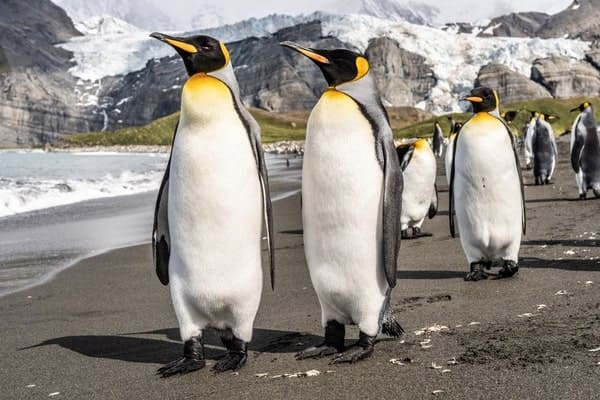Penguins: Masters of the Cold
Penguins are flightless birds that have adapted to life in the water. Found mostly in the Southern Hemisphere, especially in Antarctica, these birds are known for their unique black-and-white coloring, which serves as camouflage while they swim. Their white bellies blend in with the bright surface of the ocean, while their black backs help them blend into the deep blue water when viewed from above.
There are 18 species of penguins, ranging in size from the small Little Blue Penguin, standing just 16 inches tall, to the Emperor Penguin, which can reach over 3 feet in height. Penguins are expert swimmers and can dive to depths of over 500 meters (1,640 feet) in search of food, such as fish, squid, and krill.
The Emperor Penguin is particularly famous for its endurance during the harsh Antarctic winter. Males are responsible for incubating the eggs, balancing them on their feet and covering them with a fold of skin called a brood pouch to keep them warm. During this time, the male penguins do not eat and can lose up to half their body weight before the eggs hatch and their partners return with food.
Penguins are highly social animals and often live in large colonies called rookeries. These colonies can range in size from a few hundred to several thousand individuals. They communicate through a variety of vocalizations and body movements to maintain social bonds and coordinate activities like hunting and raising their chicks.
Climate change, overfishing, and pollution pose significant threats to penguin populations, particularly in the polar regions where melting ice reduces their habitat. Conservation efforts aim to protect their environments and ensure sustainable fishing practices to help penguins thrive in the wild.

